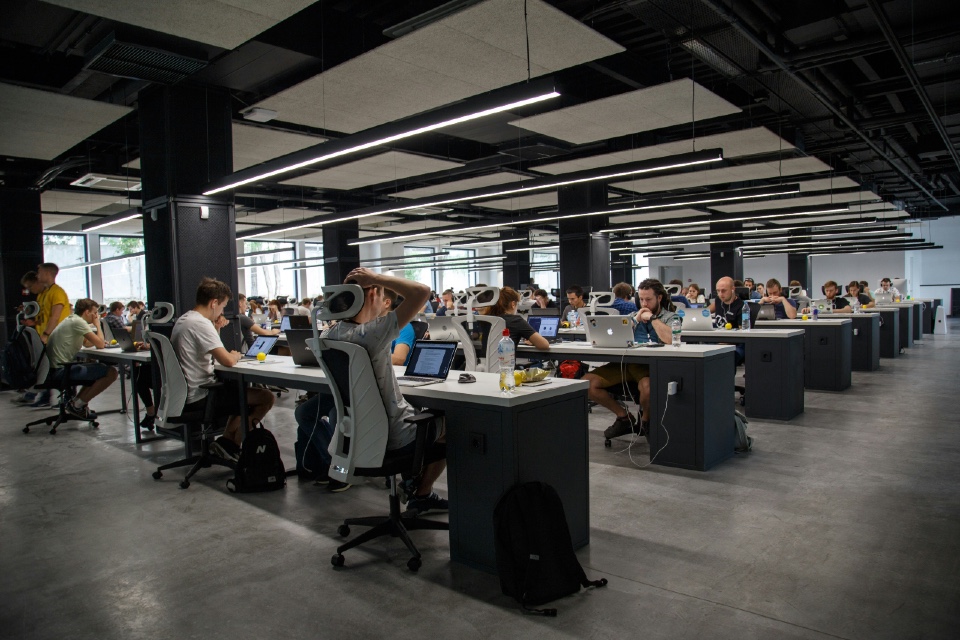Tim Barclay, Chief Executive Officer at Appello
There is a digital revolution taking place in the UK today, as the telecommunications infrastructure shifts from analogue to digital. By 2025, analogue telephony, which support vital capabilities like lift alarm lines or telecare systems, services will be switched off entirely. This poses certain challenges for facilities managers working with housing providers, but it will in turn offer huge opportunities too.
For example, warden call systems have seen no real innovation for 25 years and are unlikely to work well, if at all, after the migration by the nations telecoms providers to a digital IP network over the coming years.
This is causing facilities managers and housing providers to review the options to keep their customers safe and well, and in doing so take the opportunity to improve their lives.
The implementation of digital telecare equipment provides many opportunities to increase the wellbeing of residents in supported housing, as well the efficiency of a facilities manager. That’s because those roles often revolve around three main points which the best digitals systems can really help with – how to improve safety, security, and social inclusion for residents – how to improve safety, security, and social inclusion for residents.
Safety
With digital systems the safety benefit is two-fold. Firstly, on an analogue system you can only put one call through at a time, so if someone requires entry at a front door and a resident pulls their cord in an emergency situation at the same time, they’ll be put in a queue until the door entry is completed. Digital systems can accept multiple calls so there’s no queuing, meaning emergency calls will be picked up right away. Secondly, the response time is a lot faster – current connection times for analogue telecare systems are around 60 – 90 seconds for the call to be connected, for digital it’s only 3 seconds. This significant improvement can mean the difference between life and death in a critical situation.
Maintenance
From a continuity of service point of view, digital systems provide a much greater insight into the health of the system. They are constantly monitored with a heartbeat from the system produced every few seconds to confirm that its performing. Whereas analogue systems leave you in the dark as to how they are performing, it may not be until and an emergency that you realise the system isn’t working properly.
This also puts the maintenance onus on the manufacturer, instead of relying on site staff to detect and report issues. Digital systems allow for remote diagnostics and repairs, resulting in greater efficiencies in maintenance – roughly 60 per cent of faults can be repaired this way – and problems are often rectified within minutes.
Greater system insight from digital systems to site staff can also improve the efficiency of the service as many digital systems integrate with a real-time platform for the management of the on-site equipment. This shows the health of every piece of equipment in the system, including the battery life of personal alarms which can be monitored, so facilities managers have an early warning to change them.
Social inclusion
Modern digital systems are also easy for residents use, and some include a wall mounted tablet that allows residents to access a myriad of digital services and video communications. This offers a new opportunity for housing providers and facilities staff to add value through increased social inclusion at the touch of a button.
Currently, most housing providers offering sheltered accommodation to older people, only provide internet access in communal areas. However, some digital telecare systems now offer a built in Wi-Fi router, meaning residents have internet access in their rooms, and are able to use the internet as they please – increasing feelings of social inclusion.
Security
Digital systems offer video door entry, offering peace of mind for the resident as they will be able to visually identify every caller before they enter the property. This can also be used by staff on site, so if an unknown pedestrian tries to get through the gate, they can be identified, and prevented from entering if needed, all via a video link.
Do I need to do this right away?
Whether providers are ready or not, the switch is already happening. In October last year, the Telecare Services Association (TSA) released a white paper: A Digital Future for Technology Enabled Care, warning of the disruption that the replacement of the current Public Switched Telephone Network (PSTN) and Integrated Services Digital Network (ISDN) networks with Internet Protocol (IP) telephony would cause amongst technology enabled care (TEC) providers, stakeholders and the 1.7 million vulnerable people who rely on telecare in the UK. The TSA commented, “Technology enabled care, particularly telecare and telehealth, plays an increasingly important role in health and care. Yet it is threatened by disruption as UK telecommunications shift from analogue to digital.” Despite the difficulties we are presented with, could it be better to instead rise to the challenge?
Digital is inevitable and taking steps now to review your equipment is essential to staying ahead of the curve and keeping residents safe. It’s worth enquiring with your telecare provider about their plans for delivering the safety and wellbeing benefits described above.
Image by Michael Gaida from Pixabay









